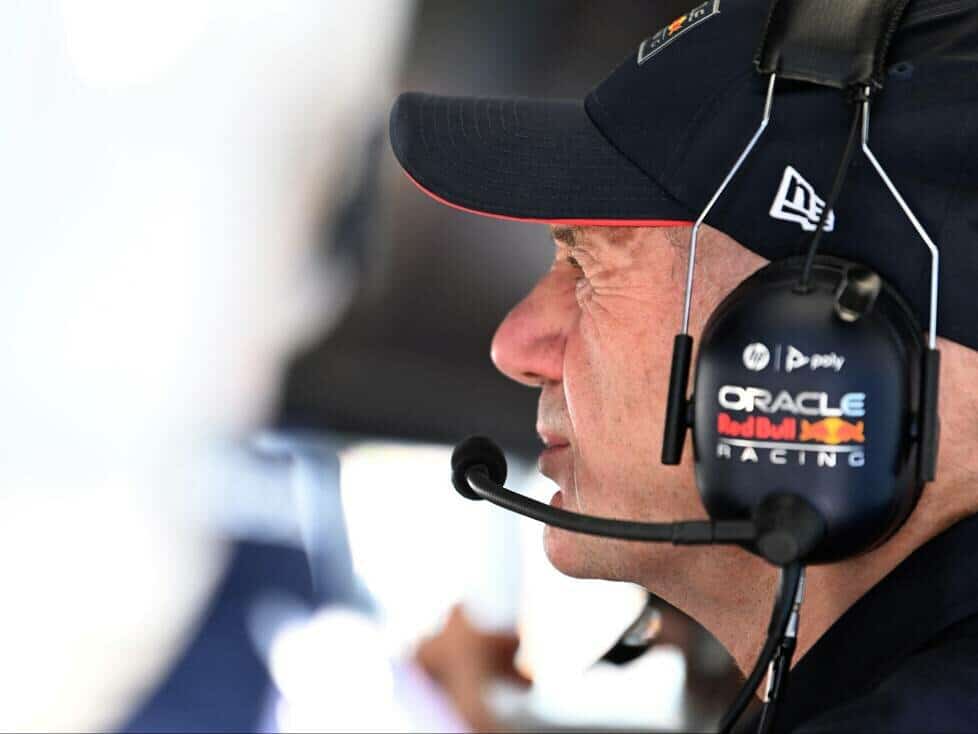Adrian Newey talks about his favorite innovation of his Formula 1 career: it played a key role in Red Bull’s four world championship titles from 2010 to 2013
Loopholes and innovations: that is the world of Formula 1 designer Adrian Newey. The Brit is considered a true mastermind of design art and has already undermined many a set of rules, thereby giving his team an advantage. Finding such solutions is what still drives the 66-year-old today.
For Newey, it is a great satisfaction when he finds things that others don’t find. But which idea has given him the greatest satisfaction so far? “If I had to pick one thing, it would probably be finding a way to make proper use of the exhaust effect again,” he reveals in an interview with auto motor und sport.
The so-called blown diffuser came up in the 80s and became a powerful aerodynamic tool. “But exhaust pipes that you can see from below were banned after Imola in 1994,” says Newey.
“On the 2000 McLaren, we found a way to reintroduce the blown diffuser by hiding it next to the gearbox but above the plank,” he says. ”But of course, this loophole was then closed.”
But a few years later, the designer found a new approach with Red Bull “where we had the exhaust on the side of the bottleneck region, but it blew through a slot into the diffuser, the double diffuser. And that was quite effective,” he says.
When the double diffuser was banned for 2011, Newey had to come up with something new again. “We rediscovered the power of it, because I didn’t want to lose that power,” said the designer.
Newey wanted to find a way to get as little turbulent air as possible from the front tires and front wing into the diffuser, because this is of course detrimental to performance.
“We felt that if we put the exhaust right in front of it and got it to blow slightly downwards, then we could use it to shut off that air – and that’s exactly what the 2011 car, the RB7, did. It had these cricket bats right in front of the tires, and it was incredibly effective.”
“But of course that was banned again in 2012. It goes on and on, the rule-makers didn’t want us to blow on the diffuser. First in 2000, then in 2010, then in 2011,” says Newey.
From then on, the exhaust had to blow upwards, ‘and Red Bull had problems with that,’ admits the designer. Instead, a new approach was adopted, which was mainly implemented by McLaren. The Coanda effect played a key role in this.
This states that air currents tend to adhere to a convex surface and move with it, instead of simply flowing straight. This meant that the air flow could basically be forced back down in a U-shape.
“Red Bull basically copied the McLaren channel and ran it all the way down to the rear tires,” says Newey. However, the team had to work around a few loopholes in the regulations to make the design work. ”But it was pretty powerful once we got it to work.”
“And that was the key to the four titles that Red Bull won from 2010 to 2013,” he says. ”Of course, there were a lot of other things behind it, but most importantly, in all four years we found a way to blow on the diffuser.”
But in 2014, the new turbo regulations came into force, along with completely new cars – and Mercedes’ dominance.





